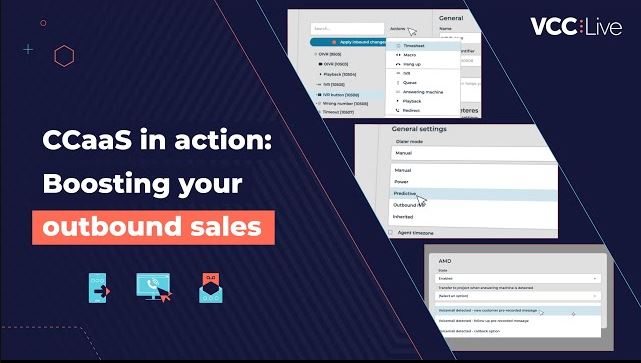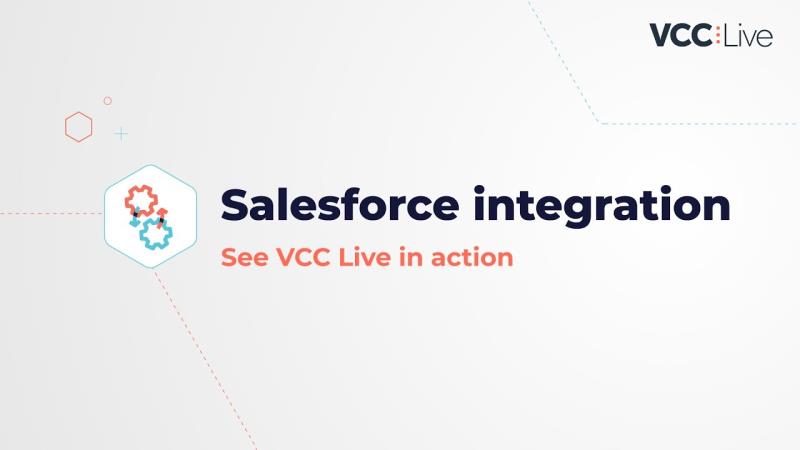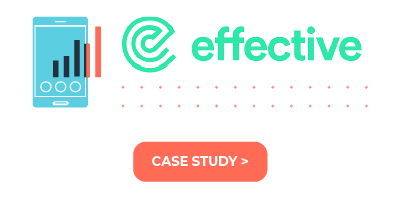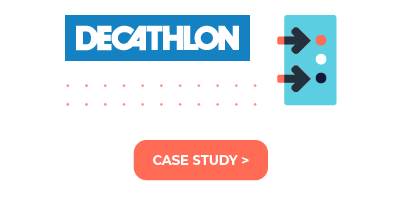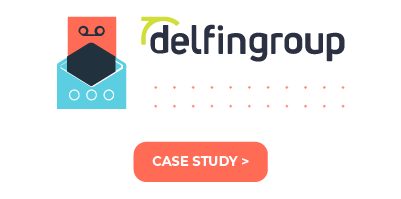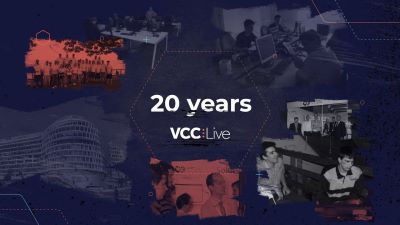Integrate VCC Live with Looker to visualize your contact center’s data in new ways and build comprehensive dashboards including the metrics that matter most for your business.
Looker is a business intelligence (BI) tool that helps you to explore and visualize your company’s data from multiple different sources. By integrating VCC Live with Looker, you can capture extensive data of your contact center operations and transform this into unique, meaningful insights.
While VCC Live maintains its own dedicated reporting suite – enabling an extensive, real-time view into your contact center activities – our Looker integration complements this by offering wide-scale data centralization. This means that any third-party systems or databases can be easily incorporated into your total reporting approach, giving you the most comprehensive view in custom dashboards.
Benefits of using Looker with VCC Live
- Transform abundant contact center data into unique and meaningful intelligence
- Gain deeper insights by analyzing and visualizing data from various sources
- Create tailored reports with charts, graphs etc. that align with specific objectives
- Access and understand data without having any significant BI or technical knowledge
- Gain development support from VCC in helping to build your custom dashboards
VCC Live and Looker in practice
The integration works through a combination of VCC Live, Google Cloud Function, and Google BigQuery. Contact center data generated in VCC Live is received by Google Cloud Function via webhooks then stored in a Google BigQuery database. This data can then be transformed into BI reporting through using Looker.
Check out some Looker user guides:
- Creating a report from scratch or copying an existing report (here)
- Adding various charts, tables or controllers to the report (here)
- Managing how data and fields are displayed or labeled (here)
- Adding calculated fields to the dataset that is available in all charts (here)
- Sharing your report with internal or external stakeholders (here)
